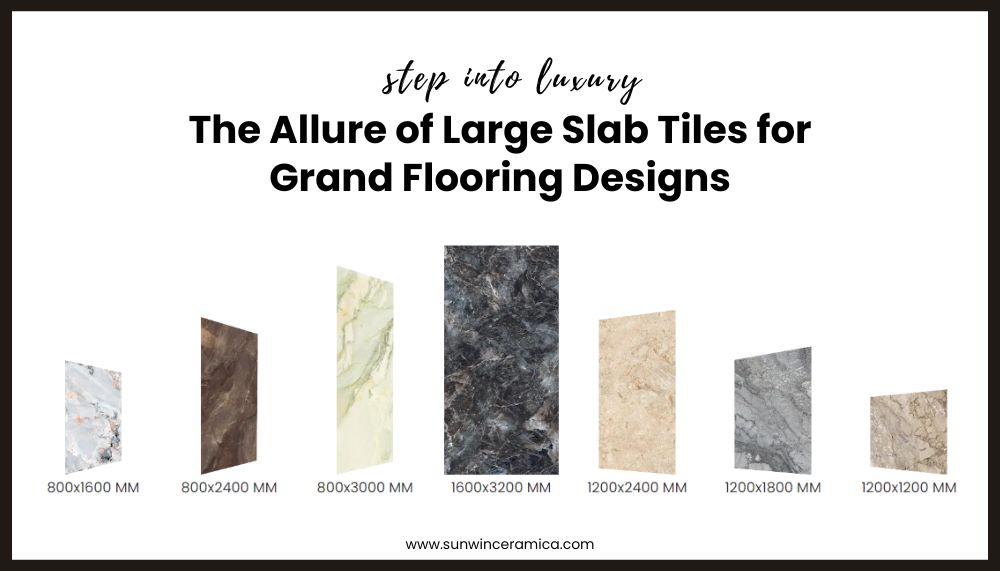
If you are a decor enthusiast and love to know about the interior decor world more closely, then you have landed at the right spot.
Today we are going to discuss one of the key decor elements in a home, i.e Tiles. Yes, tiles play a pivotal role in shaping the whole decor and providing a beautiful appearance to our homes. But do you know how these beautiful tiles are shaped by the tile manufacturers in the factory? If not, then let's go and find it.
Behind The Scenes: How Tile Manufacturers Craft Great Tiles Designs For Your Home
1. Selecting The Raw Materials

The first step of a tile manufacturer is to select the best and premium raw materials to ensure optimum quality. Unlike natural stones, porcelain tiles are manufactured using a mix of natural components like clay, silica, feldspar, and many more.
After collecting the raw materials, manufacturers process and refine the raw materials to remove impurities. Here is how the first step closes smoothly. Let's move forward to the next.
2. Preparing A Homogeneous Mixture

Now the journey resumes by grinding all the raw materials into a fine and homogeneous mixture. Consistent materials are very important to ensure the durability of tiles in the future. Precision tile manufacturers closely observe that there will be no lump formation during the grinding as lumps can be a potential cause of cracks in the tiles.
3. Shaping The Tiles
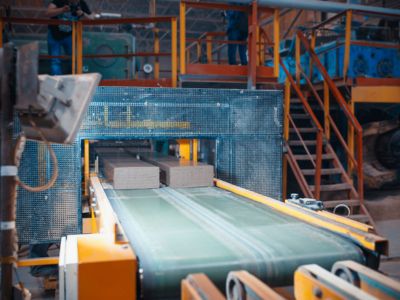
Now it's time to shape the tiles in different beautiful formats and sizes. Conventionally, manufacturers implement molds to acquire the desired shape and size. But now with technology, this step has become easier and time-saving. Modern-day tile manufacturers produce a wide range of tile sizes including large and full-body tiles.
Here are some of the common examples
- 600x600
- 600x1200
- 800x800
- 800x1200
- 800x1600
4. Hot Air Drying
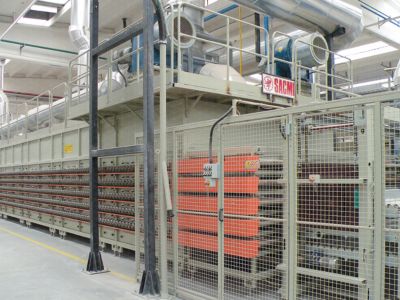
When the tiles are shaped, it's the most tender and critical phase when your hard work can go to waste. It's time to firm the shape by precision drying methods.
Manufacturers use hot air drying(1200-1600 degrees Celsius) to absorb the extra moisture and ensure the tiles don't have any surface cracks. Drying also makes the tiles strong from the core by creating a strong bond between materials with the help of a chemical phenomenon.
5. Engraving Patterns and Design
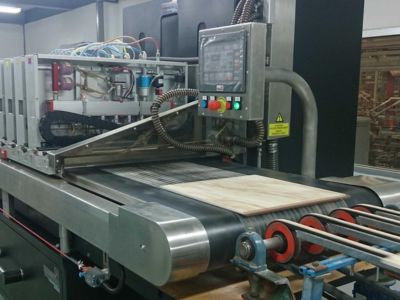
In the next step, it's time to breathe life into the tiles through lucrative patterns and fabulous designs. The tile industry coupled with modern technology serves a pool of designs that can elevate your home decor. Here are some of the biggest innovations
- 3D tile
- Digital Print Tiles
- Vitrified Tiles
- Marble look tiles
- Wood look tiles
6. Firing Process

When the designing part is over, manufacturers seal this beauty in the tiles forever by implementing the firing process. The tiles are forged in fire at a temperature above 2000 degrees Celsius which gives them the much-needed longevity and shining surface.
The firing process is the key difference between the manufacturing of natural stones and porcelain tiles.
7. Finishing Touch
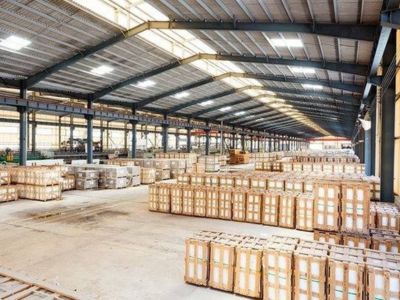
Covering all the major steps, now it's time to provide the final touch to the tiles. The finishing process is very important for tiles that are categorised under glazed or polished categories. As the last step, these tiles undergo polishing to acquire a smooth surface.
Conclusion
In conclusion, manufacturing tiles is a work of precision and requires perfect implementation of the above-discussed steps. Moreover, it is also the result of skilled professionals and their hard work. Hope you have enjoyed the journey. Stay tuned with us to learn more about such insights.
















